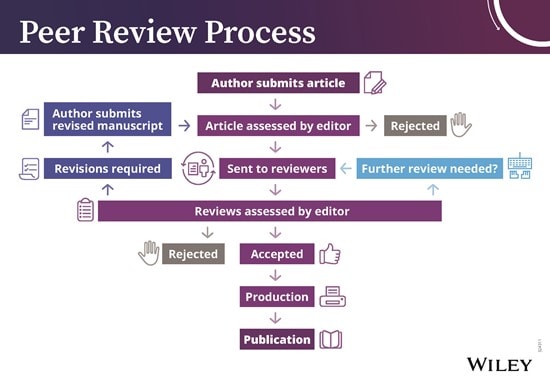There are many types of sources you can use in your research:

Popular and scholarly resources provide information on different levels of accessibility and specificity. Popular resources are readily available and can be easily consumed; scholarly resources are found in specialized publications and often contain specialized information. Take a look at this handout from MeL to learn more about the differences between academic journals, trade publications, and magazines!
| Popular | Scholarly | |
|
Types |
|
|
| Availability |
|
|
| Authorship |
|
|
| Purpose/Audience |
|
|
| Sources/Documentation |
|
|
| Editorial Process |
|
|
| Structure |
|
|
Watch this video from McMaster Libraries to understand the difference between popular and scholarly resources.
Ask yourself these questions to see if your source is scholarly:
In a university setting, the credibility of your paper rests on the credibility of your sources. Your paper will have more impact and be taken more seriously if you use research conducted by experts in the field that you are writing about. Using scholarly sources add weight and credibility to your research.
Look at a journal's submission criteria. This may tell you whether a peer-review is conducted on articles submitted for publication. For example, Wiley Publishing has the peer-review process described on their website:

This shows you that articles in Wiley journals are reviewed multiple times for accuracy before the article is even accepted for publication.